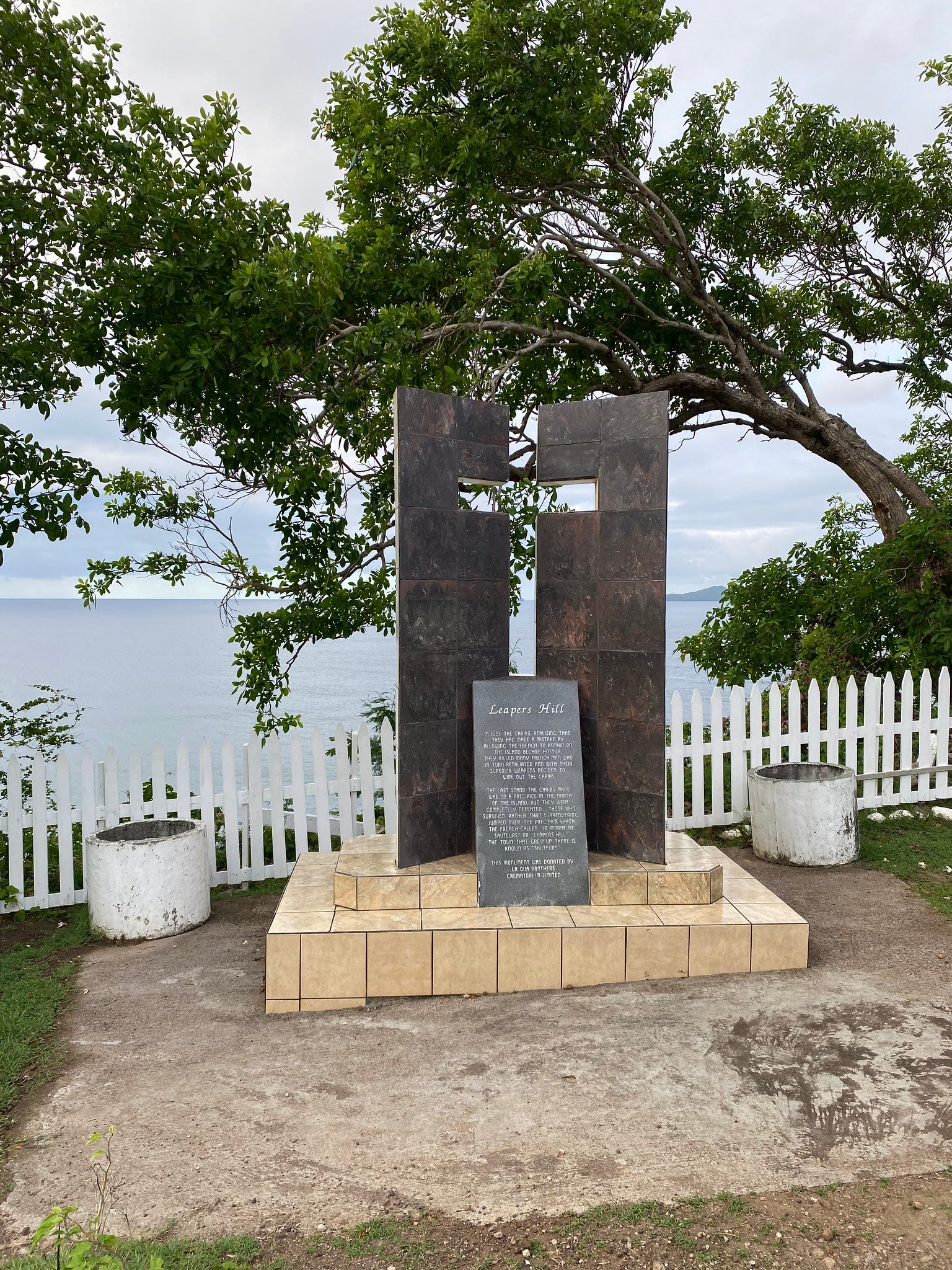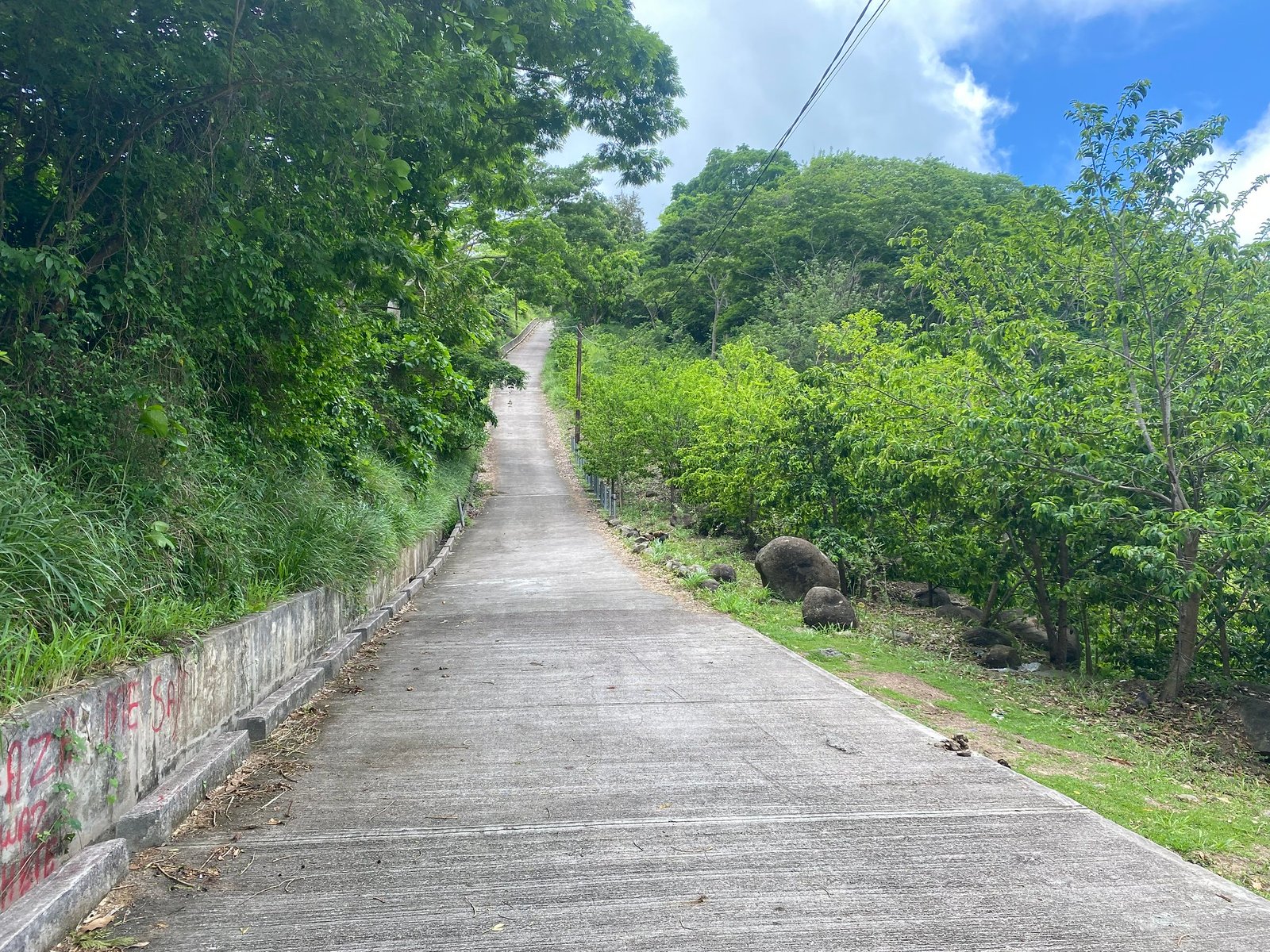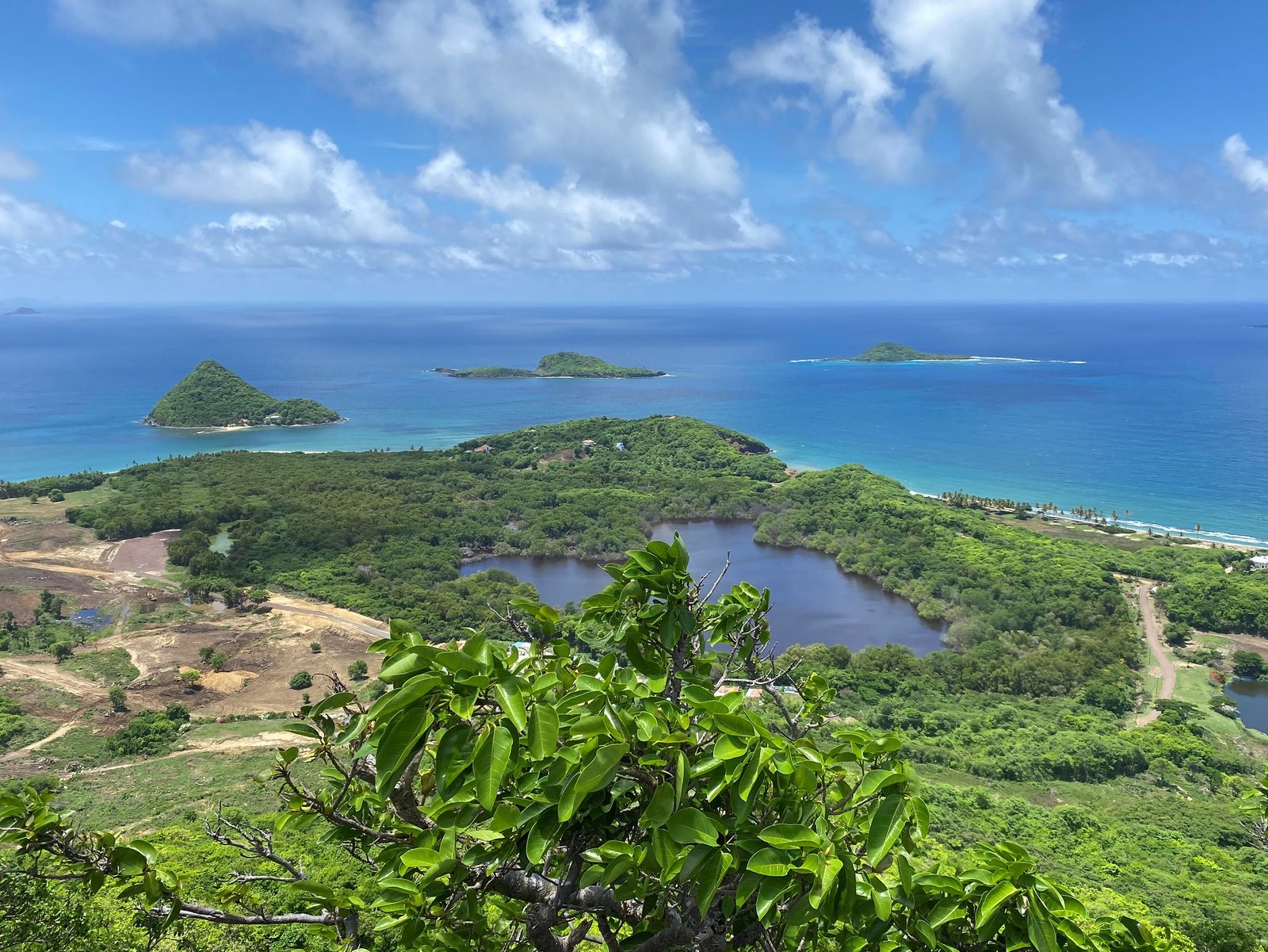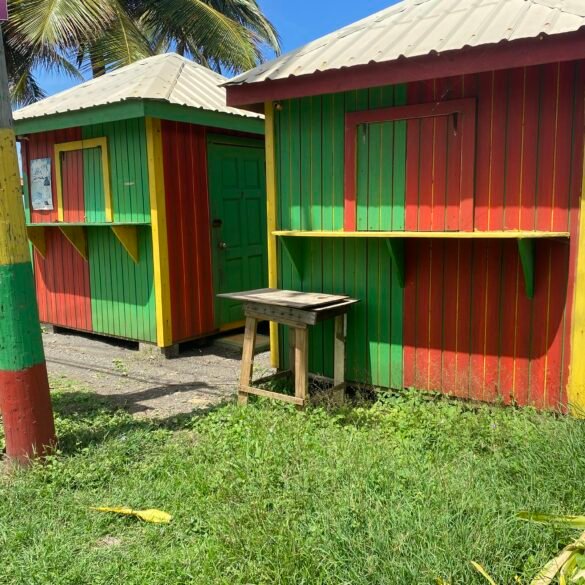I must admit the title of this post is a little bit of an oxymoron. Considering we had to repeatedly explain to our friends and relatives that we were going to an island in the Caribbean and not to a city in southern Spain (spelled as Granada), writing about non-touristy things in Grenada seems somewhat contradictory. The entire island is one off-the-beaten-track destination.
For most people who visit Grenada, the island is usually one of the many stops on a multi-day Caribbean cruise itinerary. Those who disembark here typically spend some time around the colorful capital, St. George’s, or at nearby Grand Anse Beach (one of the best in the Caribbean), both located in the southwestern part of the country. Some curious souls do hop on a taxi to explore the island a little bit; but, given time constraints, they rarely venture to its remote corners. And that’s a shame. Having spent eight days in Grenada, four of which involved driving around the country, we were able to find some hidden jewels. The north and the east were especially wild and untamed.
The town of Sauters in the north can be a good starting point for exploring the lesser-known side of Grenada. The town is bookended by two wonderful beaches, David (pronounced Daavee) to the west and Levera to the east. Getting to David Beach was an adventure. Following a narrow, sometimes even unpaved, road in a jungle, we drove our compact red Toyota Nagoya directly to the beach, parked it between palm trees, and went for a swim. The beach was serene and secluded. We shared it only with loud seagulls flying over our heads and hardworking fishermen tending their nets on the shore. Levera Beach was a phenomenal place for two reasons. Although it was difficult to swim due to strong currents, it was breathtakingly beautiful, rewarding us with a view of the perfect volcano cone of Sugar Loaf Island and other nearby islands. The other reason Julia described in one of her prior posts. Here, in the middle of the night, we witnessed the miracle of nature, seeing a giant leatherback turtle lay eggs.


Sauters is a small and modest town, whose skyline is comprised of steeples of two churches. It is very authentic and low-key and in no way catered to mass tourism or possibly any tourism, whatsoever. We stayed overnight at an Airbnb near Sauters and found that there weren’t a lot of dining options. We ended up buying a few groceries in a local store for dinner and had to drive for several miles in the morning to locate breakfast. But the town warrants a brief stop as it holds Grenada’s collective historic memory. It was here, in 1651, at Leapers Hill, a tall bluff overlooking the Caribbean Sea, that the last of the Carib Indians jumped to their deaths to avoid surrendering to the advancing French colonizers. Although it took us a while to find it, we eventually located the spot and the monument dedicated to this event, and even briefly joined a tour led by a local enthusiastic guide. She was so happy to see us because visitors are so rare in this part of the island.

One of the best reasons to come to Sauters, in addition to doing a turtle tour at Levera Beach, is to hike to the Welcome Stone - a viewpoint at the top of the mountain overlooking Levera National Park and the Caribbean Sea. Despite its utmost beauty and providing arguably the best views in the country, the place is not heavily advertised. Most travel guidebooks do not even mention it. Most likely, it has to do with the fact that there is no official or authorized way to visit it. The website for the Grenada Board of Tourism does mention it but omits any details, leaving it up to intrepid travelers to figure out how to get there.
Initially, we thought we could just drive to the viewpoint. We followed the directions from Google Maps, with the twisting and turning road steadily going up. The last 200 meters, however, were so steep that our rental car simply gave up in the middle of the slope. We had to back up and park it on the side of the road (there was no parking lot) and hike the last leg. Although the hike was short, it was quite challenging and not kind to our knees, at times, forcing us to climb at a nearly 45-degree incline. What is more, when we got to the end of the paved road, no signs were directing us to the Welcome Stone. Rather, we were staring at the massive power station surrounded by an enclosure. We rounded it and followed a barely visible trail into the bushes and then into the forest. The trail went up and down, and it made us question if we were even going in the right direction. The map on the phone was now useless as it persistently showed us at the top of the mountain. Finally, when doubts about this whole endeavor started to creep in, we saw a clearing in the path, opening a way to a collection of boulders, from which there was an astonishing view. The white sand of Levera Beach, the Caribbean Sea shimmering with different shades of blue, and the greenery of the islands – this crazy hike was well worth it. We climbed atop a boulder and breathed fresh air, taking in this postcard-pretty view. And what was especially mind-blowing is that we did not see anyone on the way to and from the Welcome Stone, and nobody was at the viewpoint the entire time we were there. This gorgeous view was ours and ours only!


To cap our exploration of Grenada’s north, we drove past desolate but beautiful Bathway Beach and then continued to the even less visited and remote eastern part of the island.
An abandoned airport, a vintage rum distillery, and many, many more. Next time, read about our adventures in the wild east!

